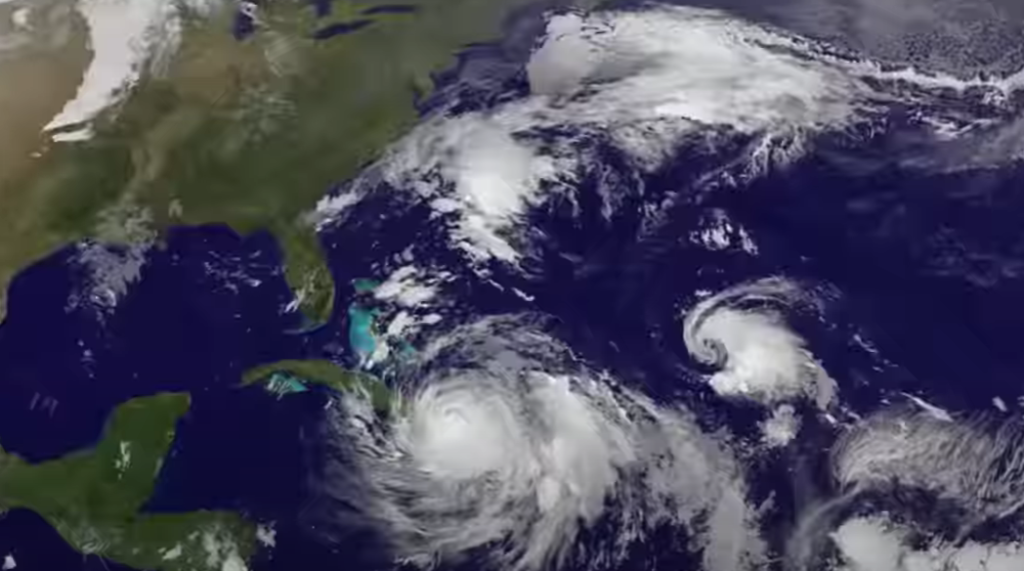Recent Developments and Facts About Tropical Cyclones
Tropical cyclones are powerful and destructive weather systems that can cause significant damage when they make landfall. These storms, also known simply as cyclones, form over warm ocean waters and can bring heavy rain, strong winds, and flooding. Recently, several tropical cyclones have made headlines due to their impact on various parts of the world, including the United States. This blog aims to provide a clear understanding of tropical cyclones, their effects, and recent developments.
What is a Tropical Cyclone?
A tropical cyclone is a rotating storm system characterized by a low-pressure center, thunderstorms, and high winds. They are classified based on their wind speed into three categories:
- Tropical Depression: Wind speeds of up to 38 mph.
- Tropical Storm: Wind speeds between 39 and 73 mph.
- Hurricane or Typhoon: Wind speeds of 74 mph or higher.
In the Western Hemisphere, these storms are called hurricanes, while in the Eastern Hemisphere, they are referred to as typhoons or cyclones.
How Tropical Cyclones Form
Tropical cyclones form over warm ocean waters, typically above 80°F. The process involves several steps:
- Warm Water: The ocean’s surface heats up, causing the air above it to warm and rise.
- Low Pressure: The rising warm air creates a low-pressure area.
- Thunderstorms: As the air rises, it cools and forms thunderstorms.
- Rotation: The Coriolis effect, caused by Earth’s rotation, makes the storm start to spin.
- Strengthening: If conditions are favorable, the storm can strengthen and become a tropical cyclone.
Recent Tropical Cyclone Activity
In recent months, several tropical cyclones have affected various regions, including the United States. Here are some notable examples:
| Cyclone Name | Date | Impacted Areas | Category |
|---|---|---|---|
| Hurricane Elsa | July 2023 | Caribbean, Florida, East Coast | Category 1 |
| Tropical Storm Fred | August 2023 | Caribbean, Gulf Coast | Tropical Storm |
| Hurricane Ida | September 2023 | Gulf Coast, Louisiana, Northeast | Category 4 |
Impact of Tropical Cyclones
Tropical cyclones can cause widespread damage through high winds, heavy rainfall, and storm surges. Some of the key impacts include:
- Wind Damage: Strong winds can uproot trees, destroy buildings, and cause power outages.
- Flooding: Heavy rainfall can lead to flash floods and river flooding, damaging homes and infrastructure.
- Storm Surge: The rise in sea level caused by a cyclone can flood coastal areas, leading to significant damage and loss of life.
Preparing for a Tropical Cyclone
Preparation is crucial to minimize the impact of tropical cyclones. Here are some tips:
- Stay Informed: Monitor weather updates from reliable sources.
- Create an Emergency Kit: Include essentials like water, food, medications, and important documents.
- Have a Plan: Know your evacuation routes and have a plan for where to go if you need to leave your home.
- Protect Your Home: Secure windows and doors, and remove loose items from your yard that could become projectiles.
Recent News: Hurricane Elsa
One of the recent tropical cyclones that made headlines was Hurricane Elsa. Formed in July 2023, Elsa affected several areas, including the Caribbean, Florida, and the East Coast of the United States. As a Category 1 hurricane, Elsa brought heavy rains, strong winds, and flooding to many regions. In Florida, the storm caused power outages and damage to buildings, highlighting the importance of preparedness and timely response.
Conclusion
Tropical cyclones are powerful natural phenomena that can cause significant damage and disruption. Understanding how they form, their potential impacts, and how to prepare for them is crucial for minimizing their effects. With the recent activity of tropical cyclones like Hurricane Elsa, it is essential to stay informed and take necessary precautions to protect lives and property.
By being prepared and informed, communities can better withstand the challenges posed by these powerful storms. Stay safe and stay alert to weather updates, especially during the hurricane season.


